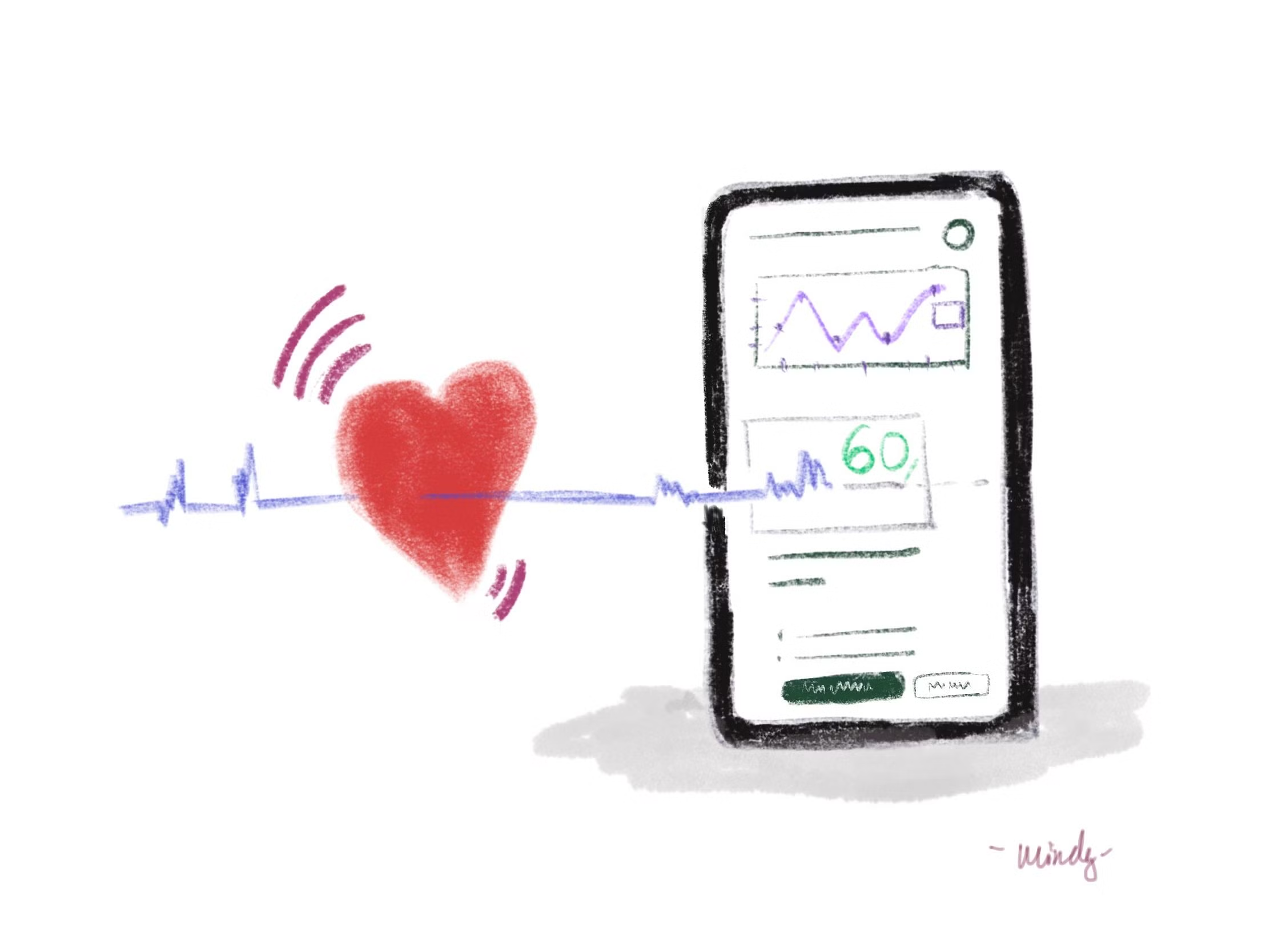My process in building things that can invent opportunities for our business and career
Note: This article is part of my toolkit newsletters↗️ where I share resources about building things. Join me 🙂
As a product builder↗️, I will share my process and key takeaways in building & launching profitable projects, businesses, content creation & personal growth in 2020.
My hope is to encourage people to explore the “creator” mindset, build leverage, and invent opportunities for ourselves that can lead to a fulfilling career, our truest expression, and our North Star in life.


Letter
1. Profitable side project 📈
One of my side projects, Notion TrackerSuite just crossed US$4,700 sales in 23 days after launching on Product Hunt. It consists of 12 Notion templates and a 10-part Notion training — created for knowledge professionals who want to get things done by establishing a sustainable digital workflow.

The sales traffic mainly comes from my Twitter posts, landing page, Product Hunt launch, featured (twice) Product Hunt Daily newsletter, and my Notion blog posts.
The idea came from a series of blog posts and validated data point before I decided to build the solution:
(1) Solve my own problems
I came across Notion in 2019 and I started using it to build micro-tools to eliminate scattered digital notes & unify my workflow. E.g.: finance tracker, portfolio tracker, habit tracker, book tracker, and project dashboard.
(2) Share my experiments
Over the past 12 months, I documented my thought process on how I built these Notion trackers and published them in blog posts. Some of these articles went viral and I started getting tons of DMs from people who are interested in my Notion tutorials.

(3) Feedback
With solid data points, i.e. spot a valid problem, prototyped solutions through blog posts, folks are interested in setting up their unique Notion systems, etc. — that’s when I decided to turn these insights into a product.
(4) Product validation
Feedbacks are valuable, but they are not a strong indicator of validation. The best way — get people to pay for it. I converted these Notion templates from the blog articles into paid templates to see if people would pay for them.
Within 24 hours, I received a payment for my paid template and another order followed the next day. Then I only decide to build the full-ranged Notion TrackersSuite with 12 productivity templates and training videos.
How to drive sales for digital products?
- Talk to users, gather feedback, spot a valid problem, prototype the solutions, get your first paying customers. I wrote a guide on these processes.
- Create a high-converting product copy and landing page is the key factor that drives sales — something I need to improve.
- Despite 0 pre-launch, pre-marketing, or pre-sale strategy and ended 9th place on Product Hunt, I was able to generate a tiny $1,034 sales within 1 day of product launch.
- In the long-term, the post-launch matters more than your initial launch. Focus on distribution, find repeatable channels that you can use to promote your product.
2. Launched 5 startup MVPs 🚀
Besides launching multiple projects & Notion tools, I have also offered NoCode consultation that aligns with my work in fast prototyping. Here are 5 startup MVPs I’ve launched in 2020:
- eCommerce Mobile App 👟
- Personal FAQ Directory 🙋♀️
- Meal Kit Delivery App 🥘
- Remote Conferences App 🤝
- SaaS Subscription Tracker 📲
- and some other micro-tools

I started this “sandbox” model to experiment with different startup ideas, identify founder-market fit, sharpening problem-solving skills, and eventually discovering a project that I love to develop further: traction, team, company.
While I haven’t found a tech company in 2020 yet, I was able to identify my natural interest in consumer startups where I can build products using tech and design to improve the efficiency of everyday lives.
How to start a side project?
- It’s not about tech tools or app features; it’s about solving a valid problem. By solving a valid pain point, build something that people want, customers will find your product useful, and pay for it.
- Many successful tech companies started off as a weekend project, experiment, side project — before they realized they can turn it into a profitable business or even something bigger.
- As Sahil said: “Throw things against a wall hoping one sticks. Or, throw one thing against it and then spend a few years holding it there until it does.”

I also won the Hacker Noon (leading tech publication) 2020 Noonies award and landed an interview a few months ago with Hacker Noon explaining my product process in building & launching MVPs in 24 hours:
3. Notion 1:1 Consultation 📝
I never thought about starting this, even though I’ve built quite a few social proofs around Notion in the past year. I think probably because I’ve too many client projects and responsibilities from my main work.
This is another “accidental” idea. After launching Notion TrackerSuite, I received an email from an executive asking if I could provide 1:1 Notion consultation. As a builder, I was curious about the assignment and took the opportunity.
We went through a total of 5-hour sessions to customize a workspace with multi-functionalities Notion templates, searchable database, and multi-logic Notion tools to support personal & work-related activities that can’t be satisfied through self-paced Notion online tutorials.

How to get paid by organizing?
- Building a side project can lead to other direct/indirect income sources.
- The best way to build credibility is to show your work in public. It can be a blog post, tutorial, video, product launch, case study, prototype, etc.
- If you’re a passionate system thinker, you can invent a new category of work by being good at “system thinking”.
- Notion Consultant, Chief Notion Officer, or Notion Librarian is a real career. You get paid by solving complex digital organization problem.
4. Published 12 blog posts ✍️
I write about building and launching, specifically, how I ideate, spot a valid problem, build the solution (in the form of prototype or startup MVPs), product process, tech stack— and insights you can’t find on Google.
Here’s my list of 12 blog posts. In 2020, I crossed 29,916/month traffic and 1,000 followers on Medium. Thank you for following my thoughts!

How to grow visibility for your blog posts?
- Quality content. Share insanely insightful content that breaks down your thinking process, decision-making, methodology, experiments, etc.
- Optimize the cover image. Use Canva to design your blog cover image. Include some visual copy but avoid cluttering the cover image with too much text.
- Distribution. Other than posting on social media, you can distribute your content on community-based publications such as Prototypr, Hacker Noon, DEV.to, LinkedIn articles, etc.
5. Consulting career 📊
Despite wearing the hats of a product builder, side project maker, writer, creator, and problem-solver — my main work is centered around consulting services (product communication, user base discovery & community) for remote teams and tech companies based in the US/APAC.
This year, I’ve enjoyed working with multiple international clients (I’m based in Kuala Lumpur), creating strategies, building a variety of tech products, implementing problem-solving through product thinking.
How to generate client leads?
- Content writing played an important role in landing international client opportunities. Position yourself as a problem-solver and how you can add values to companies that you want to work with.
- Personal branding. I communicate my thinking-process through my personal website & Twitter. This is also the reason why I can rely 100% on inbound marketing instead of cold-emailing when I first started out.
- Build connections. Increase your potential client pools by getting to know them personally, start a conversation, offer helps genuinely, etc. In the end, we love working with nice people.
6. Personal growth 😇
I spent more time executing than consuming and learning in 2020. Here’s how I would rank my personal growth:
Great 5.0
- Quality time with family remotely 📲
- Revenue growth in business & career 💰
- Met 37 inspiring founders remotely 👋
- Average of 35 min/day meditation 🧘♀️
- Maintained stable and happy emotions 🥰
Fair 3.5
- Done 23 out of 25 reading goals 📚
- Sharing insights on Twitter & blog posts 🍊
- Learning some new skill & knowledge 💻
- Cultivate creativity through building & creating 🧠
Poor 2.0
- Inconsistent sleep-wake time due to working with far timezones 🌎
- Suffered frequent fatigues due to picky eating habit 🍣
- Average 65 min/week exercises (target 210 min/week) 🏃♀️
In 2021, I will…stay tuned 🤫
Wishing you a happy new year with unlimited joy, love, and abundance!











